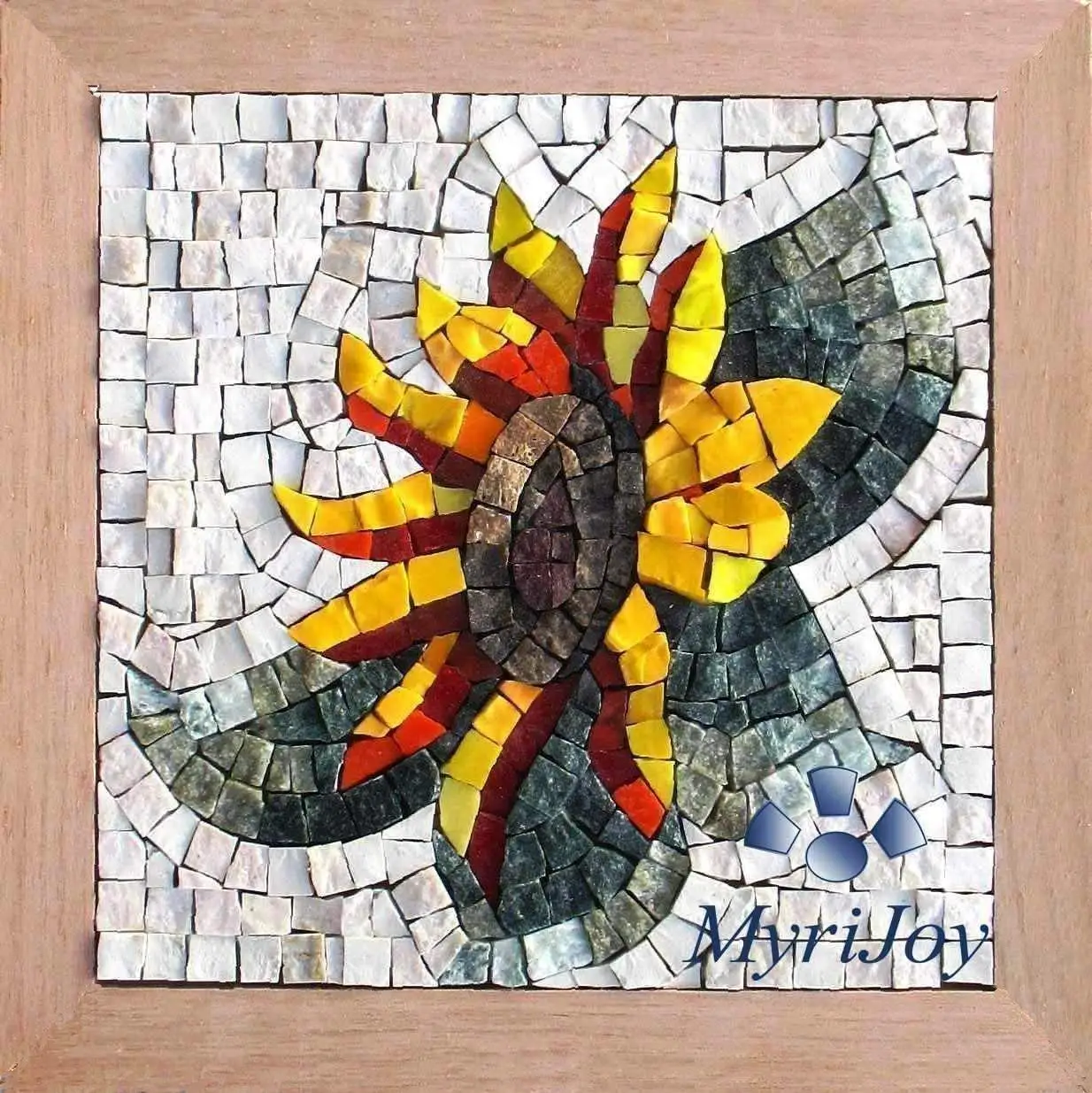
There are also significant stylistic, religious, and cultural aspects of mosaic, which has played an important role in Western art and has appeared in other cultures. Technical insight is the key to both the creation and the appreciation of mosaic, and the technical aspects of the art require special emphasis. Once disassembled, a mosaic cannot be reassembled on the basis of the form of its individual pieces. Mosaic pieces are anonymous fractions of the design and rarely have the dimensions of pieces for intarsia work (fitted inlay usually of wood), whose function is often the rendering of a whole portion of a figure or pattern.

Mosaic also differs from inlay in the size of its components. Unlike inlay, in which the pieces to be applied are set into a surface that has been hollowed out to receive the design, mosaic pieces are applied onto a surface that has been prepared with an adhesive. Mosaic, in art, decoration of a surface with designs made up of closely set, usually variously coloured, small pieces of material such as stone, mineral, glass, tile, or shell. SpaceNext50 Britannica presents SpaceNext50, From the race to the Moon to space stewardship, we explore a wide range of subjects that feed our curiosity about space!.Learn about the major environmental problems facing our planet and what can be done about them! Saving Earth Britannica Presents Earth’s To-Do List for the 21st Century.Britannica Beyond We’ve created a new place where questions are at the center of learning.100 Women Britannica celebrates the centennial of the Nineteenth Amendment, highlighting suffragists and history-making politicians.
Mosaic wall art how to#
COVID-19 Portal While this global health crisis continues to evolve, it can be useful to look to past pandemics to better understand how to respond today.Student Portal Britannica is the ultimate student resource for key school subjects like history, government, literature, and more.This Time in History In these videos, find out what happened this month (or any month!) in history.#WTFact Videos In #WTFact Britannica shares some of the most bizarre facts we can find.



The tapestry is an ancient textile art form that dates back thousands of years to early civilizations in Peru, Egypt, and Thailand. Around the world, weavers use tie-dye, Dabu (the application of wax or gum clay and resin to the cloth to create a diffuse color effect), Batik (an ancient method in which dye-resistant wax is applied to cloth to create select patterns of color), hand embroidery, and patchwork to create unique and diverse tapestry art. To create vibrant color, artisans embroider and dye their tapestries with natural plants and pigments. The backstrap loom is one of the oldest techniques which dates back thousands of years, in which one part of the loom is attached to the weaver and the other part is attached to a fixed object (historically, a tree). In Central America, the treadle loom and the backstrap loom are both integral to tapestry art. In the Andes, weavers often work on a wooden treadle loom in which they use foot pedals, called treadles, to control the weave of the tapestry. Because many traditional artisans adopt the methods of their ancestors, they have kept those ancient artforms alive and well. The methods for making tapestries vary as widely as the regions from which they come.


 0 kommentar(er)
0 kommentar(er)
